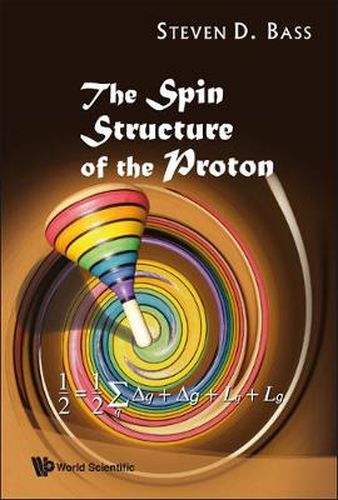Readings Newsletter
Become a Readings Member to make your shopping experience even easier.
Sign in or sign up for free!
You’re not far away from qualifying for FREE standard shipping within Australia
You’ve qualified for FREE standard shipping within Australia
The cart is loading…






One of the main challenges in nuclear and particle physics in the last 20 years has been to understand how the proton’s spin is built up from its quark and gluon constituents. Quark models generally predict that about 60% of the proton’s spin should be carried by the spin of the quarks inside, whereas high energy scattering experiments have shown that the quark spin contribution is small - only about 30%. This result has been the underlying motivation for about 1000 theoretical papers and a global program of dedicated spin experiments at BNL, CERN, DESY and Jefferson Laboratory to map the individual quark and gluon angular momentum contributions to the proton’s spin, which are now yielding exciting results. This book gives an overview of the present status of the field: what is new in the data and what can be expected in the next few years. The emphasis is on the main physical ideas and the interpretation of spin data. The interface between QCD spin physics and the famous axial U(1) problem of QCD (eta and etaprime meson physics) is also highlighted.
$9.00 standard shipping within Australia
FREE standard shipping within Australia for orders over $100.00
Express & International shipping calculated at checkout
One of the main challenges in nuclear and particle physics in the last 20 years has been to understand how the proton’s spin is built up from its quark and gluon constituents. Quark models generally predict that about 60% of the proton’s spin should be carried by the spin of the quarks inside, whereas high energy scattering experiments have shown that the quark spin contribution is small - only about 30%. This result has been the underlying motivation for about 1000 theoretical papers and a global program of dedicated spin experiments at BNL, CERN, DESY and Jefferson Laboratory to map the individual quark and gluon angular momentum contributions to the proton’s spin, which are now yielding exciting results. This book gives an overview of the present status of the field: what is new in the data and what can be expected in the next few years. The emphasis is on the main physical ideas and the interpretation of spin data. The interface between QCD spin physics and the famous axial U(1) problem of QCD (eta and etaprime meson physics) is also highlighted.